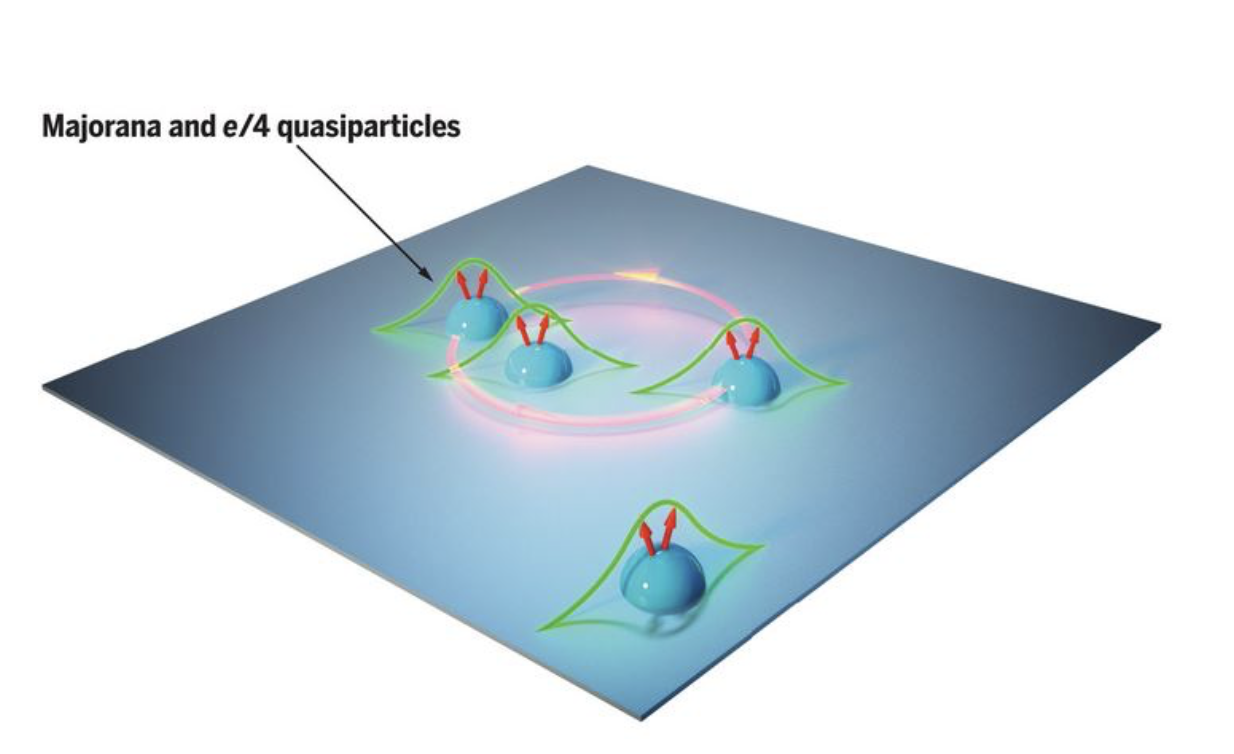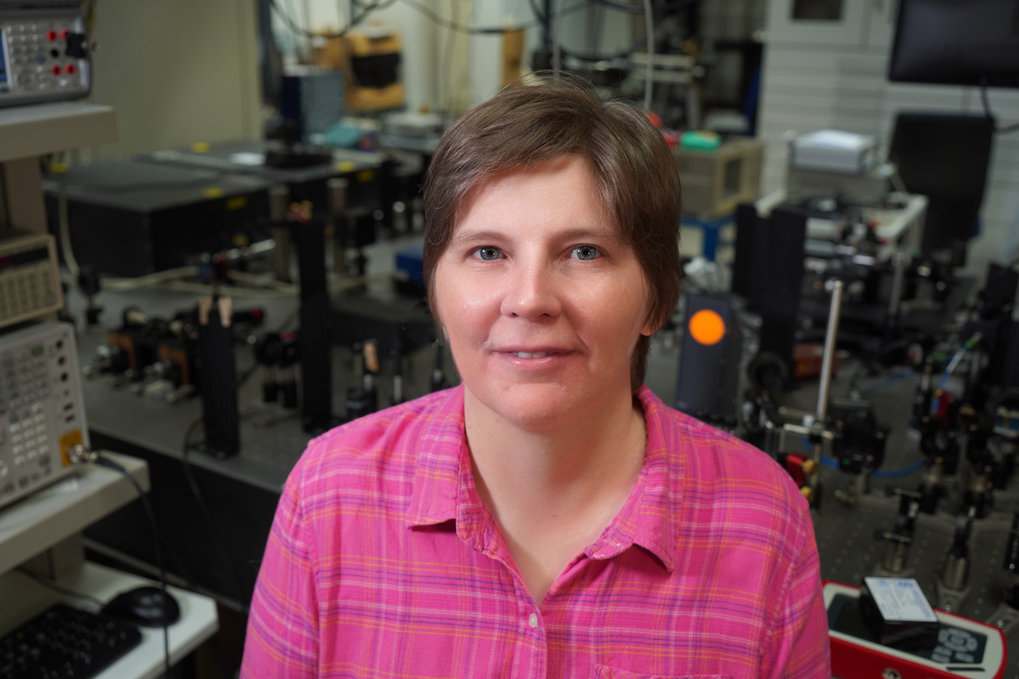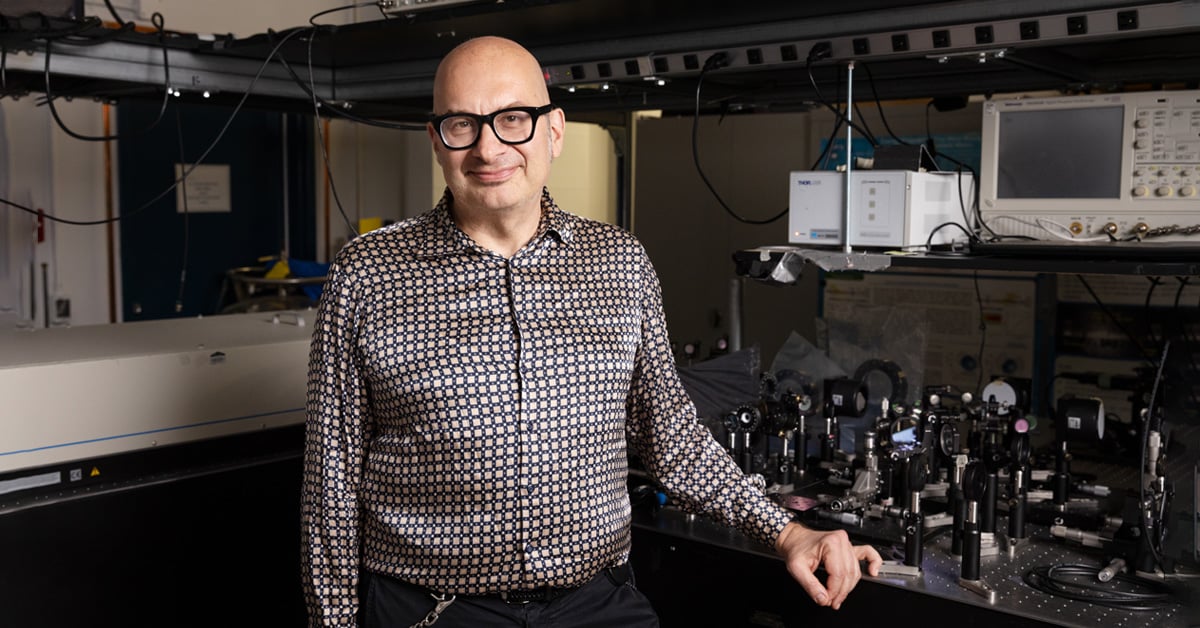Scientists have made a breakthrough in quantum computing by discovering how electrons can appear to split in half through quantum interference, potentially bringing us closer to creating topological quantum computers. This research, published in Physical Review Letters, was conducted by Professor Andrew Mitchell from University College Dublin and Dr. Sudeshna Sen from the Indian Institute of Technology in Dhanbad.
The study focuses on nanoelectronic circuits, where components measure just nanometers across. At this microscopic scale, quantum mechanics governs particle behavior rather than classical physics. Dr. Sen explains that as electronic components become increasingly miniaturized, scientists can observe individual electrons moving through circuits, even creating transistors that operate with a single electron.
The researchers found that when nanoelectronic circuits are designed to give electrons multiple pathway choices, quantum interference occurs. This phenomenon is similar to the classic double-slit experiment, where individual electrons fired at a screen with two apertures create an interference pattern, demonstrating their wave-like properties. Just as a single electron can interfere with itself in the double-slit experiment, electrons in nanoelectronic circuits can exhibit similar behavior.
The groundbreaking aspect of this research emerges when multiple electrons are forced close together, causing them to strongly repel each other. Under these conditions, the quantum interference pattern changes, making the electrons collectively behave as if they’ve split in half. This behavior mirrors the properties of Majorana fermions, theoretical particles first proposed by mathematicians in 1937 but not yet experimentally isolated.
The potential to create and manipulate Majorana fermions in electronic devices represents a significant step forward in quantum computing technology. These particles are considered crucial components for developing topological quantum computers, making this discovery particularly valuable for advancing quantum computing capabilities.
The research highlights how quantum mechanics continues to challenge our traditional understanding of particle behavior. As Professor Mitchell notes, the rules of quantum mechanics at the nanoscale require scientists to abandon conventional intuition about how things work. The ability to observe and manipulate individual electrons in circuits opens new possibilities for quantum technology development.
The implications of this research extend beyond theoretical physics into practical applications. The potential to create Majorana-like states in nanoelectronic devices through quantum interference effects could provide a new pathway for developing quantum computers. This approach might offer an alternative method for producing these elusive particles, which have been actively sought after by researchers in recent years.
This advancement represents a significant step toward realizing practical quantum computing systems, particularly in the development of topological quantum computers. By demonstrating how quantum interference can create states mimicking split electrons, the research provides a new direction for quantum computing technology development.
Reference: “Many-Body Quantum Interference Route to the Two-Channel Kondo Effect: Inverse Design for Molecular Junctions and Quantum Dot Devices” by Sudeshna Sen and Andrew K. Mitchell, 12 August 2024, Physical Review Letters. DOI: 10.1103/PhysRevLett.133.076501




